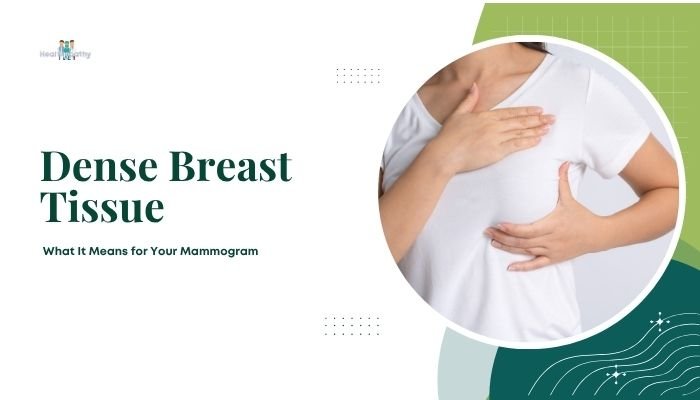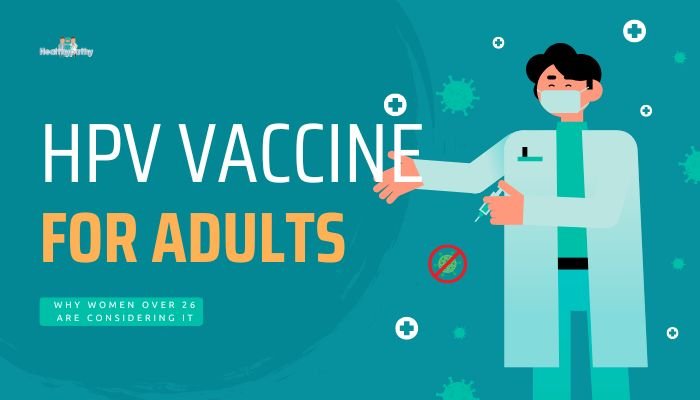Introduction
When you have a mammogram, the radiologist will assess your breast tissue composition—specifically how much fatty vs. dense tissue is present. Dense breast tissue contains more fibroglandular material and less fatty tissue. Although dense tissue is normal, it can make it harder to spot tumors on a mammogram and slightly raise breast cancer risk. If you’ve been told you have dense breasts, understanding what that means can help you and your healthcare provider tailor a screening plan that fits your needs.
What Is Dense Breast Tissue?
Breasts are composed of:
- Fibrous Tissue: Provides structural support.
- Glandular Tissue: Produces milk (the lobules) and carries it to the nipple (the ducts).
- Fatty Tissue: The remainder, appearing darker on mammograms.
“Density” depends on the relative amounts of fibroglandular vs. fatty components. Radiologists classify density using the BI-RADS (Breast Imaging Reporting and Data System) on a scale from A (mostly fatty) to D (extremely dense). If 50% or more of your breast composition is fibroglandular, you typically fall into the “dense” category.
Why Dense Breasts Matter
Masking Effect on Mammograms
Dense areas look white on mammograms—similar to how tumors appear. This overlap can hide small cancerous lesions. Fatty tissue, on the other hand, appears dark, making abnormalities easier to see.
Slightly Elevated Cancer Risk
Research indicates women with dense breasts face a higher likelihood of developing breast cancer. The exact reason remains under investigation, but the composition differences likely contribute.
More Callbacks for Additional Imaging
You may require extra tests if your mammogram results are unclear. Dense tissue can yield ambiguous images, prompting follow-up ultrasounds or diagnostic mammograms.
How to Know If You Have Dense Breasts
Mammogram Results
Your radiology report might specify your breast density category:
- A: Almost entirely fatty.
- B: Scattered fibroglandular densities.
- C: Heterogeneously dense (common category).
- D: Extremely dense.
If you’re classified as C or D, you’re considered to have dense breasts.
State Laws and Notifications
In some regions, facilities must inform you if your mammogram indicates dense tissue. You’ll receive a letter or note explaining how it may affect screening accuracy and next steps.
Additional Screening Options for Dense Breasts
While mammograms remain the foundation of breast cancer detection, certain adjunct imaging tools can help refine your screening if you have dense tissue:
3D Mammography (Tomosynthesis)
- How It Helps: Produces multiple “slices” of breast tissue, reducing overlap and improving tumor detection.
- Availability: Becoming more common in many imaging centers.
Breast Ultrasound
- Pros: Good at spotting small lumps in dense tissue.
- Cons: Can produce false positives, leading to more biopsies. Typically used as a supplemental tool after a mammogram.
Breast MRI
- When Recommended: Women at very high risk (e.g., BRCA mutations or strong family history).
- Benefit: Highly sensitive, can find lesions hidden in dense tissue.
- Limitations: Expensive, not universally recommended for average-risk individuals with dense breasts.
Managing Risk and Staying Proactive
Understand Your Personal Risk
Factors like family history, genetic predispositions (BRCA1/2), prior chest radiation, or certain benign breast conditions may intensify your approach to screening. Talk with a healthcare provider or genetic counselor about possible testing and risk-reduction strategies.
Healthy Lifestyle Choices
While you can’t change breast density, you can support overall breast health by:
- Maintaining a Healthy Weight
- Limiting Alcohol
- Exercising Regularly
- Quitting Smoking (If You Smoke)
Have Candid Dialogues with Your Provider
If you know you have dense tissue, ask:
- Should I have 3D mammograms or supplemental ultrasound?
- Do my other risk factors indicate an MRI?
- What signs or changes should I watch for?
Conclusion
Dense breast tissue is common and doesn’t mean you will definitely get breast cancer. However, it can obscure mammogram findings and slightly increase your risk. If a report or provider mentions you have dense breasts, consider whether alternative imaging like 3D mammograms or ultrasound can boost detection accuracy. Through proactive screening, personal risk awareness, and ongoing dialogue with your healthcare team, you can stay on top of breast health—even if your tissue is on the denser side.
References
- American College of Radiology (ACR). Breast Imaging Reporting and Data System (BI-RADS). 2023.
- Boyd NF, Guo H, Martin LJ, et al. Mammographic density and the risk and detection of breast cancer. N Engl J Med. 2007;356(3):227–236.
- US Food and Drug Administration (FDA). Proposed changes to mammography regulations. 2023.
- Berg WA, Zhang Z, Lehrer D, et al. Detection of breast cancer with addition of annual screening ultrasound or a single screening MRI to mammography in women with elevated breast cancer risk. JAMA. 2012;307(13):1394–1404.
- https://www.cancer.org.







